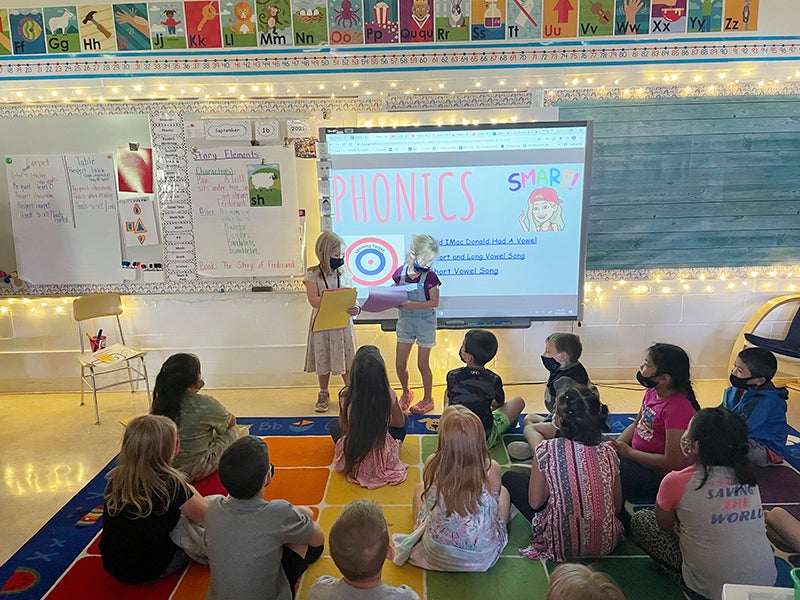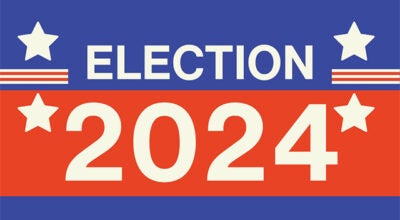Hawthorne Star Class: Meeting students where they’re at
Published 8:00 pm Friday, September 24, 2021

- Students present in Sunny Kline's classroom. Provided
|
Getting your Trinity Audio player ready...
|
Starting off the school year in Sunny Kline’s first-grade classroom is a balance between introducing academics but also Responsive Classroom components around social/emotional strategies that value student ideas and input, nonverbal and photo communication and creating a routine/predictable environment.
First, in Responsive Classroom training this past summer, she was explicitly taught the value of using students’ words, ideas and frame of thinking for most of her teaching. Using sentence frames that show interest and value of a student’s idea generates more responses, integrity to their learning, as well as respect shown toward classmates and their roles (speaker and audience). Instead of having adult-led conversation geared toward the academic objective/target, she learned how to use her role as more of a facilitator that helps create a safe space for students to think, take safe risks both academically and socially, and overall leads to a classroom that is more engaged in their learning. Simple practices like asking open ended questions, routinely implementing turn and talk to express ideas, sentence frames, anchor charts, working in small groups, having opportunities to role play, lead guided discovery, mindfully model the I do, we do, you do practices helps the flow of the day and again creates a safe and precious environment for learning to occur and enhances students relationships as peers.
Next, using nonverbal cues and photos as a form of communication has been huge in first grade. As teachers, they work hard to make learning valuable. This often is by hands-on learning opportunities using manipulatives to enhance their learning. Kline rearranged much of her tools, materials and other supplies that enhance student learning so it’s easy and accessible to students. She also realized that much of this needs to have a written label but also a photo to support it. Simple things like putting away supplies may be difficult if it’s only written, but supporting it with a photo helps students feel less overwhelmed and capable of being successful when given more responsibility. Kline also tries to make sure that her students are seen in her classroom especially in activities and slides. Seeing what it is and who is doing what allows them to realize that what is being asked of them is possible and they can listen to it (teacher giving instruction), read it (reading instructions), or look at it and figure out how to do whatever the task is independently and successfully (nonverbal and photo communication).
Lastly, creating strong classroom routines and a predictable and safe environment has been a game changer. This is the most difficult to establish early in the year. By having students help set and create rules and knowing why these rules, routines and practices have value allows them to buy into how they are a part of it. These rules aren’t here to make school mundane and excruciating but rather they are here to make their environment safe, predictable and fun in which allows for academics and social goals to be attainable. Knowing that there is an intentional purpose behind rules, routines and procedures benefit our classrooms and each student.
By starting off the year really establishing these classroom routines and expectations, this allows a more smooth transition into the full range of academics that are taught. Kline and all of the school’s teachers do an excellent job of meeting students where they are at with both their academic and social/emotional needs and this supports the overall Hawthorne family and community feel.



